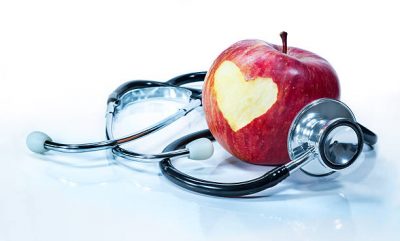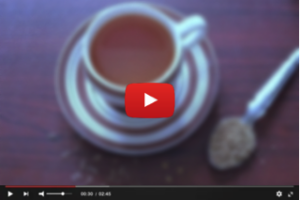The #1 Rated Blood Sugar Formula
The Ultimate Guide to Proper Blood Pressure

High blood pressure (hypertension) is called the "silent killer" for a reason. It often produces no symptoms, but poses a serious risk of heart disease and stroke. And these diseases are among the leading causes of death in the United States.
Nearly half of US adults have high blood pressure.
Your blood pressure is measured in millimeters of mercury, which is mm Hg for short. Two numbers are involved in the measurement:
Systolic blood pressure. The top number represents the pressure when the heart pushes blood into arteries throughout the body.
Diastolic pressure. The lower number represents the pressure in the blood vessels between beats, when the heart fills and relaxes.
Blood pressure depends on how much blood the heart is pumping and how much resistance there is to blood flow in the arteries. The narrower the arteries, the higher the blood pressure.
Blood pressure lower than 120/80 mm Hg is considered normal. Blood pressure that is 130/80 mm Hg or higher is considered high.
If your blood pressure is above normal, but below 130/80 mm Hg, you fall into the elevated blood pressure category. This means that you are at risk of developing high blood pressure.
The good news about elevated blood pressure is that you can make changes to significantly lower it and reduce your risk without medication.
Here are 17 effective ways to lower blood pressure.
1. Increase activity and exercise more
A meta-analysis of 65 studies suggests that aerobic and resistance exercise can significantly lower blood pressure, especially in men.
In a 2013 study, sedentary older adults who participated in aerobic exercise training lowered their blood pressure by an average of 3.9 percent systolic and 4.5 percent diastolic. These results are as good as some blood pressure medications.
As you regularly increase your heart rate and breathing, over time your heart becomes stronger and pumps with less effort. This, in turn, reduces pressure on the arteries and lowers blood pressure.
What activity should you aim for?
A 2019 report from the American College of Cardiology and the American Heart Association recommends physical activity of moderate to vigorous intensity in 40-minute sessions, three to four times a week.
If finding 40 minutes at a time is a challenge, there can still be benefits when that time is divided into three or four 10- to 15-minute segments throughout the day.
The American College of Sports Medicine makes similar recommendations.
However, you don't have to run marathons. Increasing your activity level can be as simple as:
- use of stairs
- Walking instead of driving
- doing housework
- cultivating the garden
- cycling
- practicing team sports
- Just do it regularly and work up to at least half an hour a day of moderate activity.
- Aerobic exercise
- resistance training
- high intensity interval training
- short exercises during the day
- walking 10,000 steps a day.
- Ongoing research suggests that even modest physical activity has benefits, especially for older people.
- Low-fat dairy products such as milk and yogurt
- fishes
- fruits such as bananas, apricots, avocados and oranges
- Vegetables such as sweet potatoes, potatoes, tomatoes, greens and spinach.
- low sodium foods
- fruits and vegetables
- low-fat dairy
- full grain
- fishes
- poultry
- fasola
- less sweets and red meats
- delicatessen meats
- canned soups
- pizza
- chips
- other processed snacks.
- Żywność oznaczona jako "niskotłuszczowa" ma zazwyczaj wysoką zawartość soli i cukru, aby zrekompensować utratę tłuszczu. Tłuszcz jest tym, co nadaje jedzeniu smak i sprawia, że czujesz się pełny.
- czarna fasola (Castanospermum australe)
- koci pazur (Uncaria rhynchophylla)
- See celery juice (Apium graveolens)
- Chinese hawthorn (Crataegus pinnatifida)
- ginger root
- olive dodder (Cuscuta reflexa)
- Indian corn (psyllium blond)
- bark of maritime pine (Pinus pinaster)
- river lily (Crinum glaucum)
- Raspberry (Hibiscus sabdariffa)
- Sesame oil (Sesamum indicum)
- extract of tomato (Lycopersicon esculentum)
- tea (Camellia sinensis), especially green tea and oolong tea
- bark of the umbrella tree (Musanga cecropioides)
- Try to establish a regular sleep schedule.
- Spend time relaxing before bedtime
- Exercise during the day.
- Avoid naps during the day.
- Fish, such as salmon or canned tuna in water
- eggs
- poultry, such as chicken breast
- beef
- beans and legumes such as kidney beans and lentils
- nuts or peanut butter, such as peanut butter chickpeas
- cheese, such as cheddar






